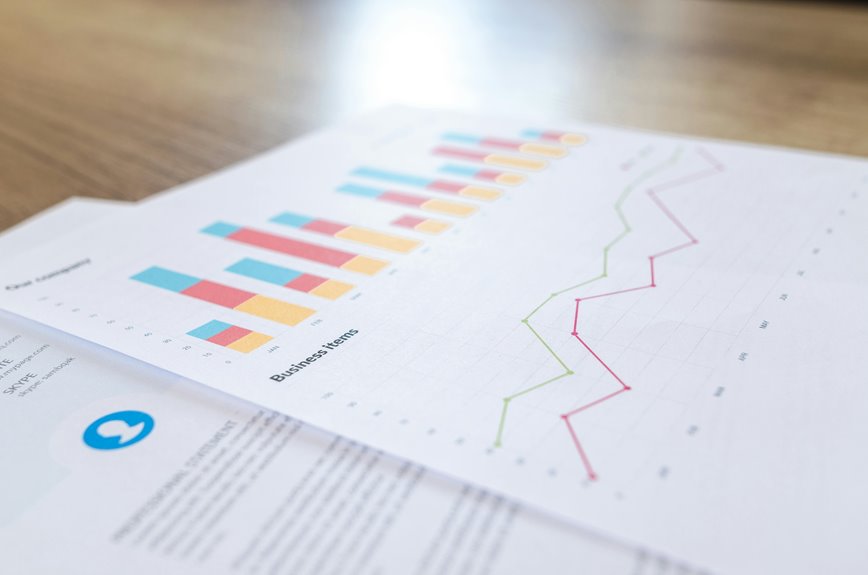Imagine navigating a minefield where each step could lead to a data breach; that’s the reality of telecom privacy today. With sensitive information linked to phone numbers like 6058658590 and 5703179517, understanding the risks is crucial. You must implement best practices and encryption methods to safeguard personal data effectively. But as you consider these strategies, how do you ensure compliance with evolving regulations while maintaining user trust?
Understanding Telecom Privacy Risks
How can you truly grasp the complexities of telecom privacy risks? Understanding telecom vulnerabilities is crucial, as these weaknesses expose you to numerous privacy threats.
Data interception, unauthorized access, and insecure networks can compromise your sensitive information. By recognizing these risks, you empower yourself to challenge the systems that threaten your freedom, enabling you to take control over your personal data in an increasingly interconnected world.
Best Practices for Securing Personal Data
Recognizing telecom privacy risks lays the groundwork for implementing effective strategies to secure your personal data.
Employ data minimization strategies by only sharing necessary information, reducing exposure to potential breaches.
Additionally, utilize consent management techniques to ensure you control the data collected about you.
The Role of Encryption in Telecommunications
As telecommunications increasingly rely on digital platforms, the role of encryption becomes essential in safeguarding sensitive information.
You must implement robust encryption algorithms to ensure data integrity, protecting communications from unauthorized access.
By encrypting data, you create a secure channel, enabling freedom in sharing information.
This proactive approach not only mitigates risks but also fosters trust in an interconnected digital landscape.
Navigating Regulatory Frameworks for Privacy Protection
While navigating the complex landscape of regulatory frameworks for privacy protection, telecommunications companies must stay informed about the evolving legal requirements that govern data handling practices.
Regulatory compliance with privacy legislation, such as GDPR and CCPA, is crucial to safeguard user data.
You need to implement robust policies, conduct regular audits, and ensure employees understand their responsibilities to maintain trust and avoid penalties.
Conclusion
In an era where your personal data is just a click away, safeguarding your telecom privacy isn’t just wise; it’s essential. By implementing best practices and leveraging robust encryption, you can significantly mitigate risks associated with unauthorized access. As regulations evolve, staying informed is crucial for maintaining trust and security. Ultimately, the question isn’t whether you can afford to prioritize privacy, but rather, can you afford not to? Protecting your information today ensures peace of mind tomorrow.










